Robert Edwards, 1925–2013
The IVF pioneer who changed the rules of conception
On July 25, 1978, British physiologist Robert Edwards and his colleague Patrick Steptoe announced the birth of Louise Joy Brown, a 5 pound, 12 ounce bundle of controversy. Brown was the world’s first test tube baby, the result of a decade of research into in vitro fertilization (IVF). The Catholic Church accused Edwards and Steptoe of wanting to play God. Edwards, who had five daughters, insisted that he was motivated simply by the belief that infertile couples had the right to a family. “The most important thing in life is having a child,” he said.
Born in Yorkshire, Edwards “began working on fertilization techniques in the 1950s,” said USA Today. Scientists had shown that rabbit egg cells could be fertilized in culture dishes with sperm and then implanted in a female rabbit to produce viable embryos. The University of Cambridge professor wondered if a child could be conceived the same way, and in 1968 teamed with gynecologist Steptoe to try it.
The scientists pursued their research despite “opposition from churches, governments, and many in the media,” said Reuters.com, relying on private donations to fund their work. Brown’s birth in 1978 vindicated their efforts and proved that IVF was safe and effective. Since then, more than 5 million IVF babies have been born worldwide, and in 2010 Edwards was awarded the Nobel Prize in medicine. His greatest reward, though, was the joy he brought to families. “He created life,” said Elizabeth Comeau, America’s first IVF baby. “And he created hope for those who thought hope was lost.”
The Week
Escape your echo chamber. Get the facts behind the news, plus analysis from multiple perspectives.

Sign up for The Week's Free Newsletters
From our morning news briefing to a weekly Good News Newsletter, get the best of The Week delivered directly to your inbox.
From our morning news briefing to a weekly Good News Newsletter, get the best of The Week delivered directly to your inbox.
A free daily email with the biggest news stories of the day – and the best features from TheWeek.com
-
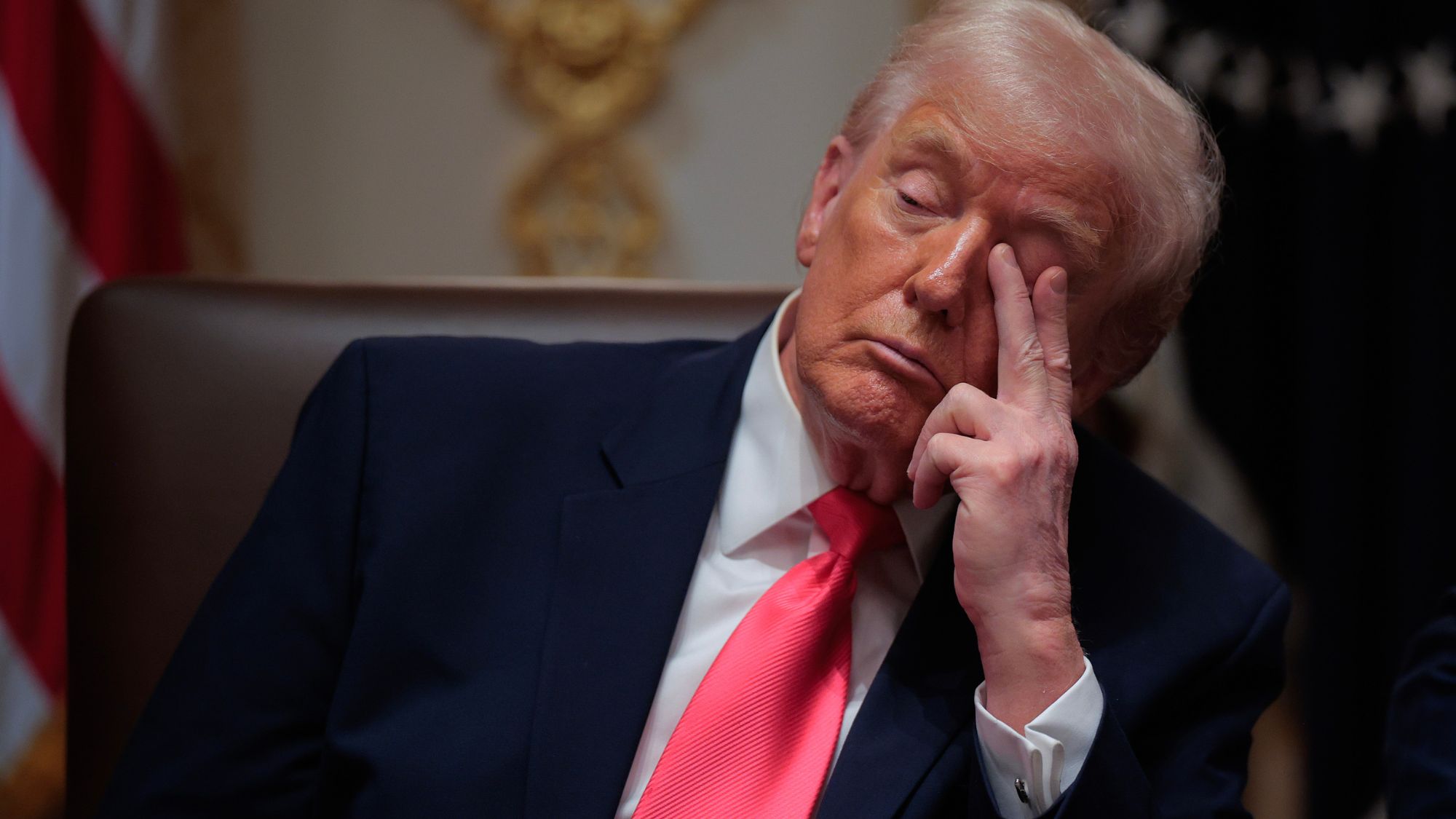 Trump’s poll collapse: can he stop the slide?
Trump’s poll collapse: can he stop the slide?Talking Point President who promised to ease cost-of-living has found that US economic woes can’t be solved ‘via executive fiat’
-
 Codeword: December 7, 2025
Codeword: December 7, 2025The daily codeword puzzle from The Week
-
 Crossword: December 7, 2025
Crossword: December 7, 2025The daily crossword from The Week
-
 R&B singer D’Angelo
R&B singer D’AngeloFeature A reclusive visionary who transformed the genre
-
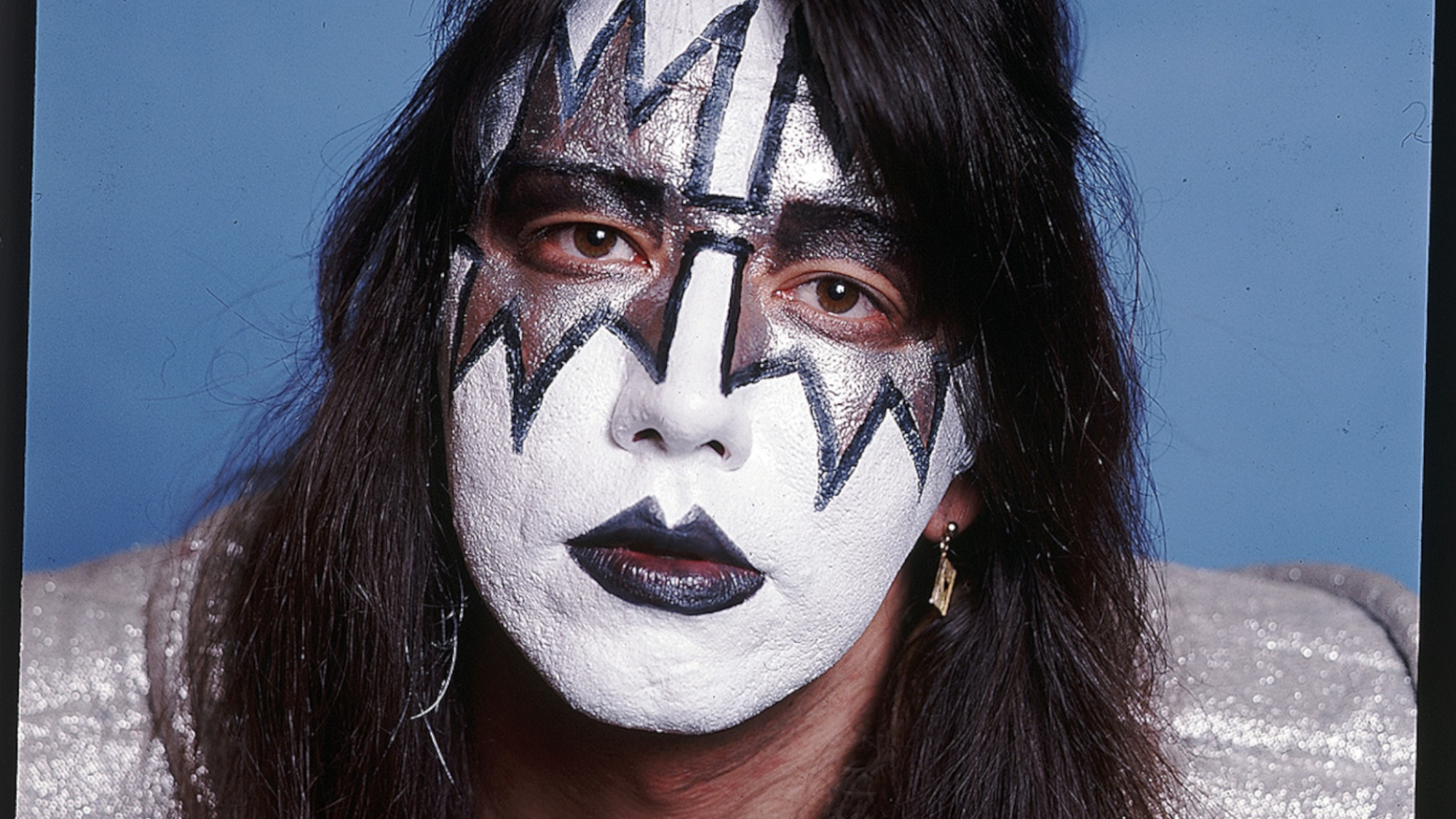 Kiss guitarist Ace Frehley
Kiss guitarist Ace FrehleyFeature The rocker who shot fireworks from his guitar
-
 Robert Redford: the Hollywood icon who founded the Sundance Film Festival
Robert Redford: the Hollywood icon who founded the Sundance Film FestivalFeature Redford’s most lasting influence may have been as the man who ‘invigorated American independent cinema’ through Sundance
-
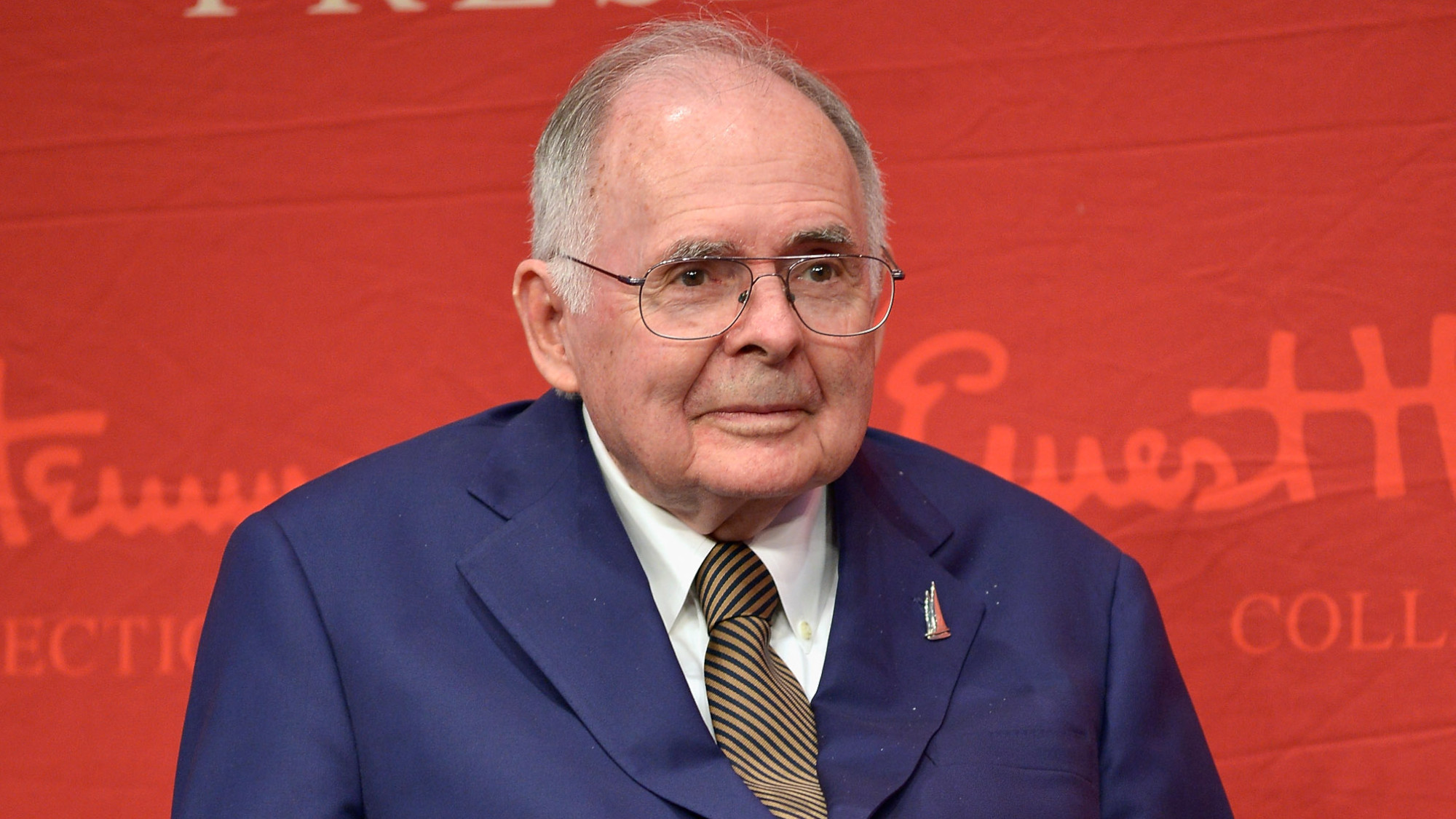 Patrick Hemingway: The Hemingway son who tended to his father’s legacy
Patrick Hemingway: The Hemingway son who tended to his father’s legacyFeature He was comfortable in the shadow of his famous father, Ernest Hemingway
-
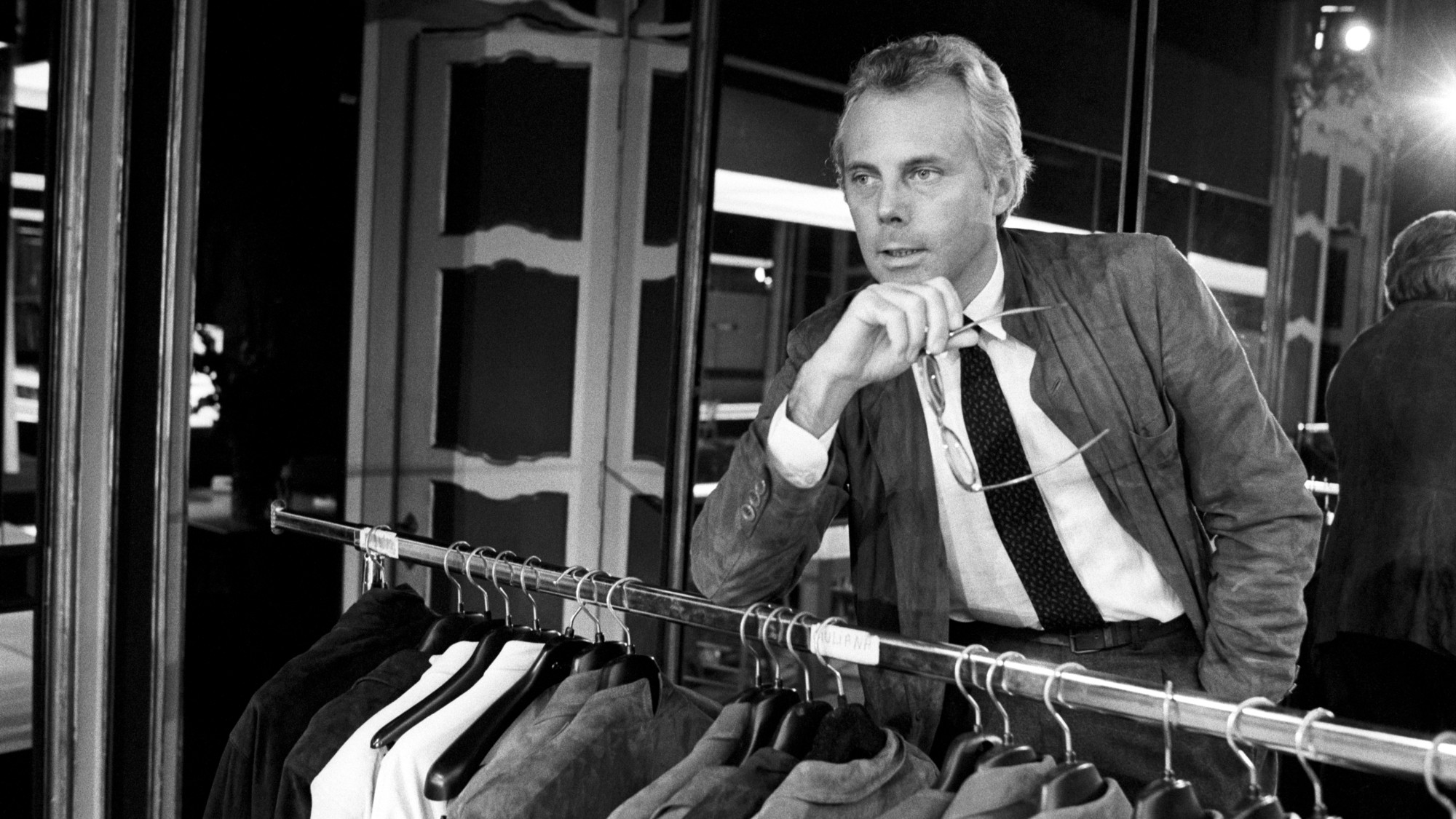 Giorgio Armani obituary: designer revolutionised the business of fashion
Giorgio Armani obituary: designer revolutionised the business of fashionIn the Spotlight ‘King Giorgio’ came from humble beginnings to become a titan of the fashion industry and redefine 20th-century clothing
-
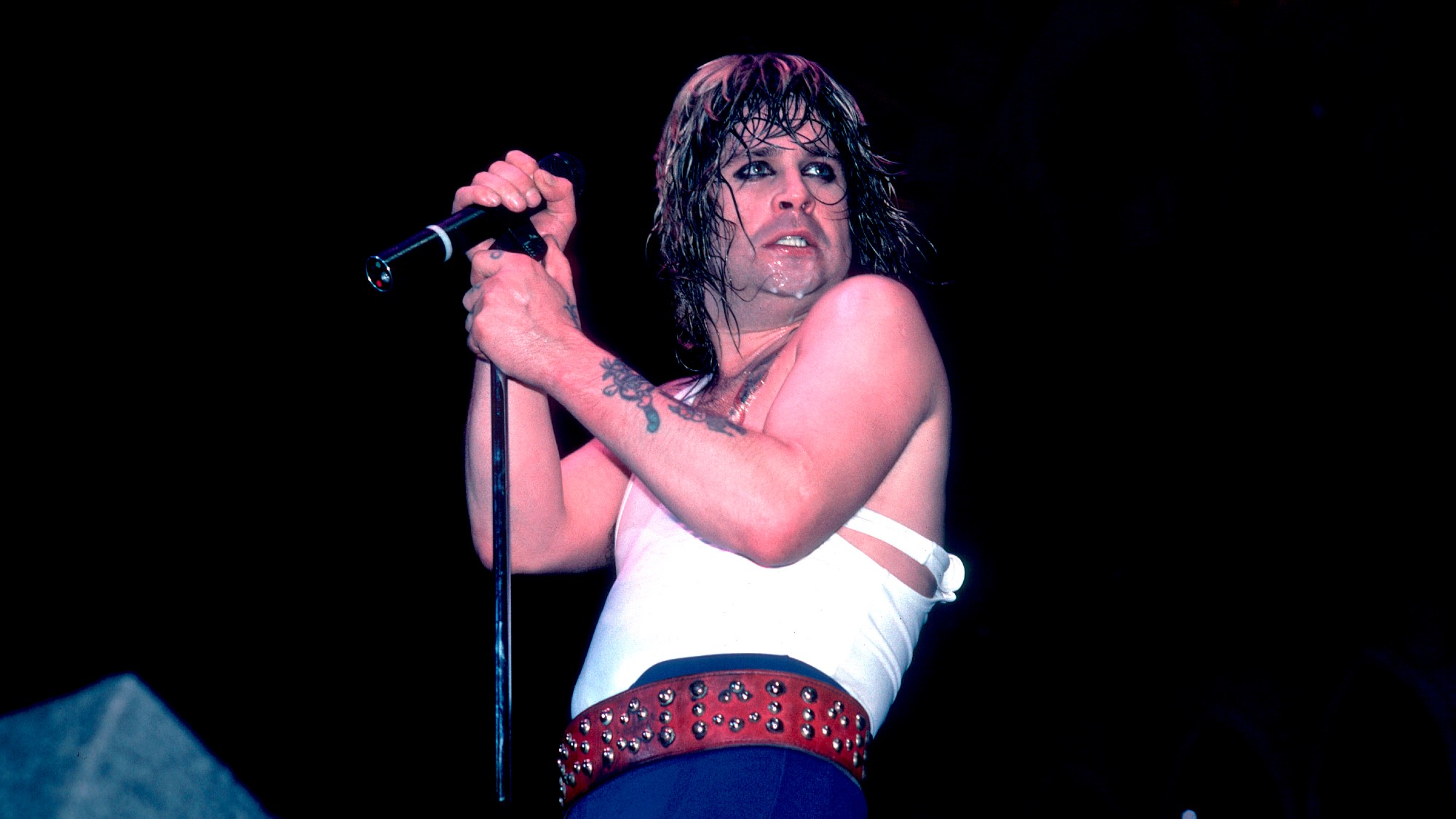 Ozzy Osbourne obituary: heavy metal wildman and lovable reality TV dad
Ozzy Osbourne obituary: heavy metal wildman and lovable reality TV dadIn the Spotlight For Osbourne, metal was 'not the music of hell but rather the music of Earth, not a fantasy but a survival guide'
-
 Brian Wilson: the troubled genius who powered the Beach Boys
Brian Wilson: the troubled genius who powered the Beach BoysFeature The musical giant passed away at 82
-
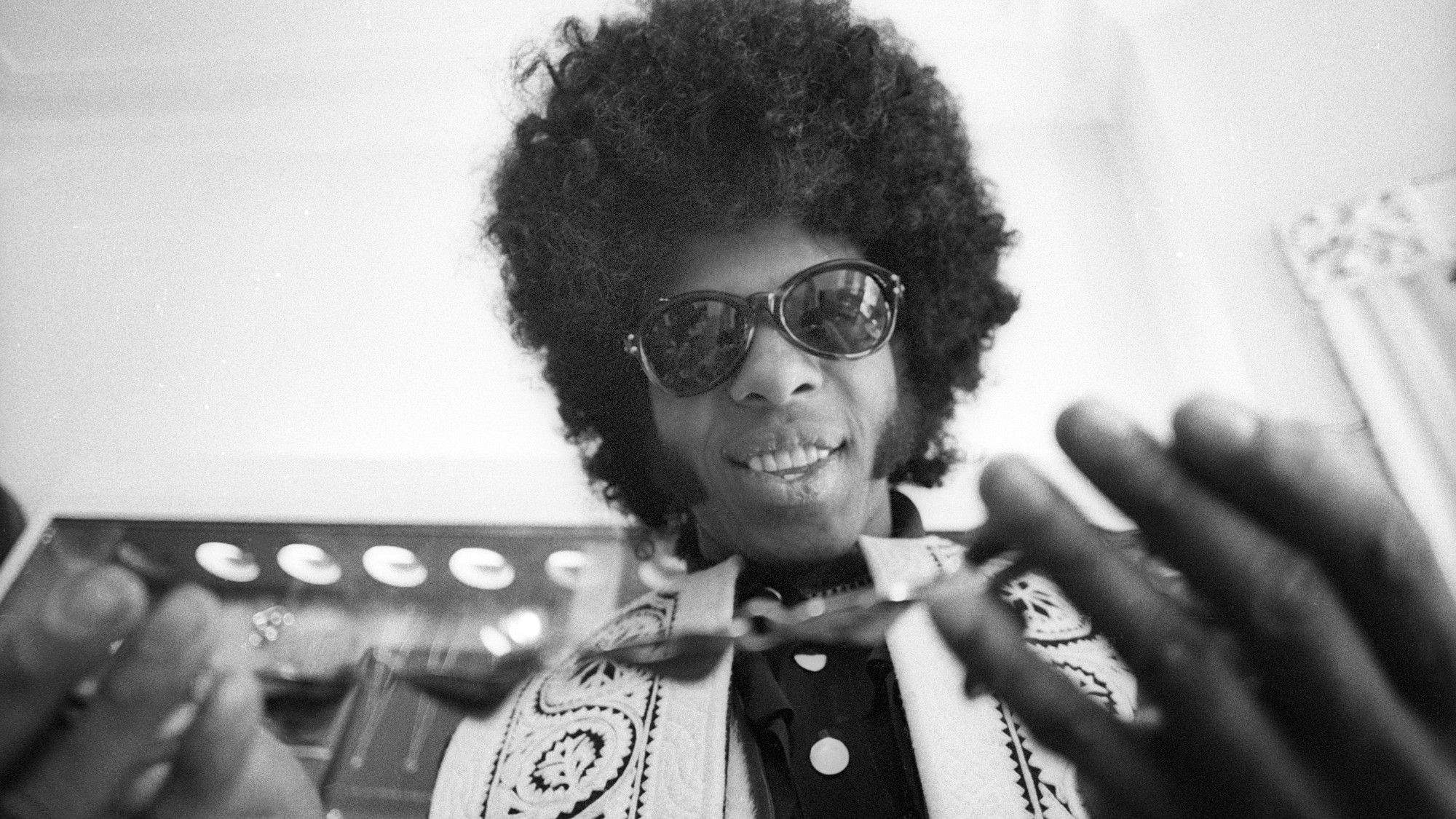 Sly Stone: The funk-rock visionary who became an addict and recluse
Sly Stone: The funk-rock visionary who became an addict and recluseFeature Stone, an eccentric whose songs of uplift were tempered by darker themes of struggle and disillusionment, had a fall as steep as his rise